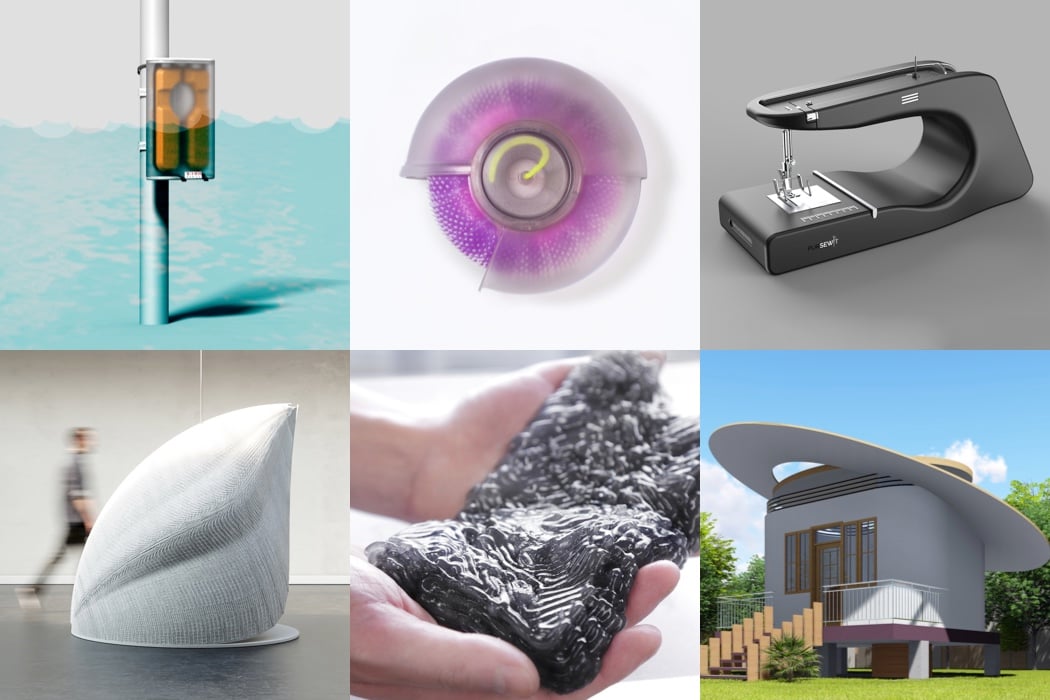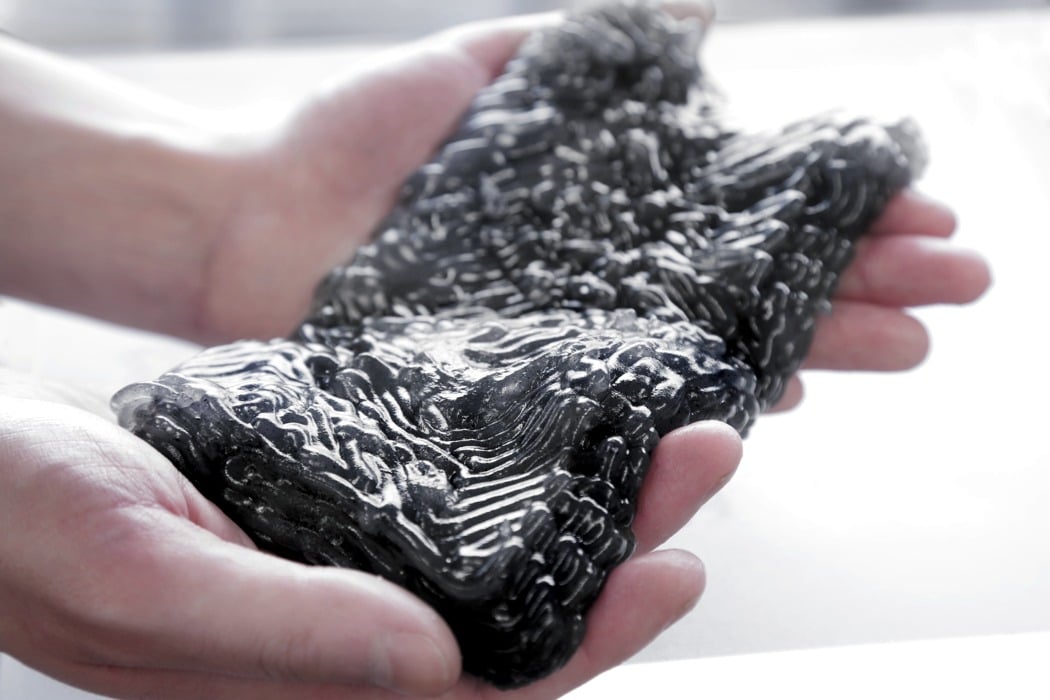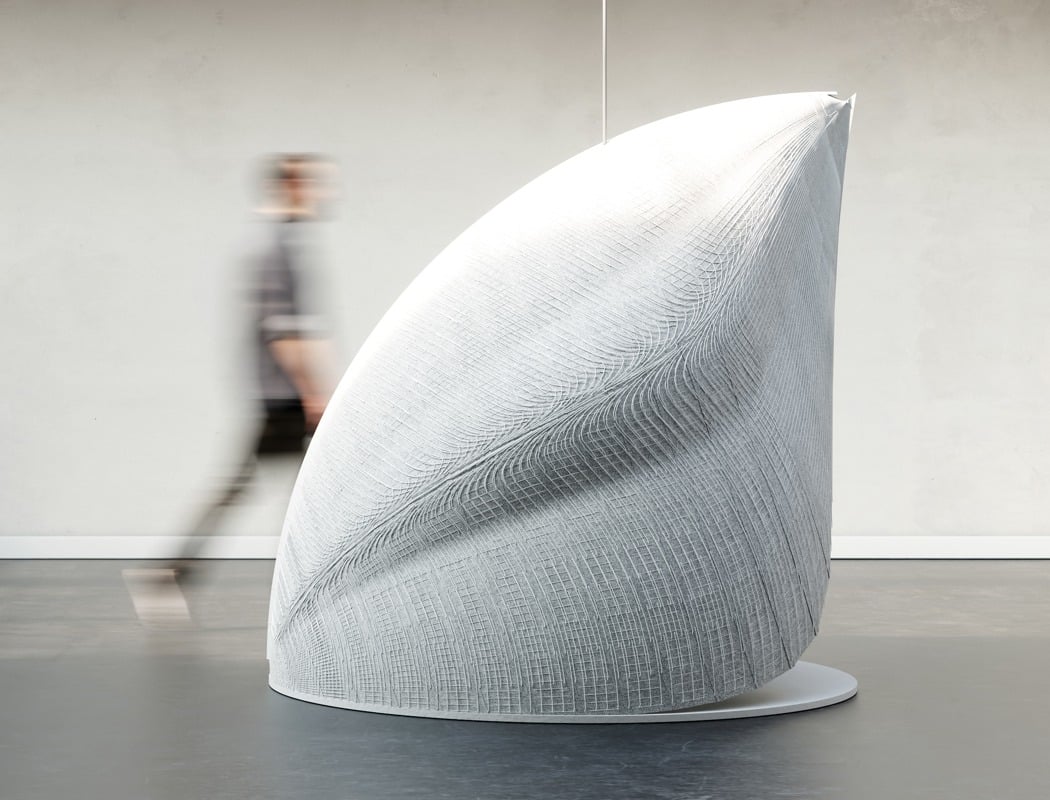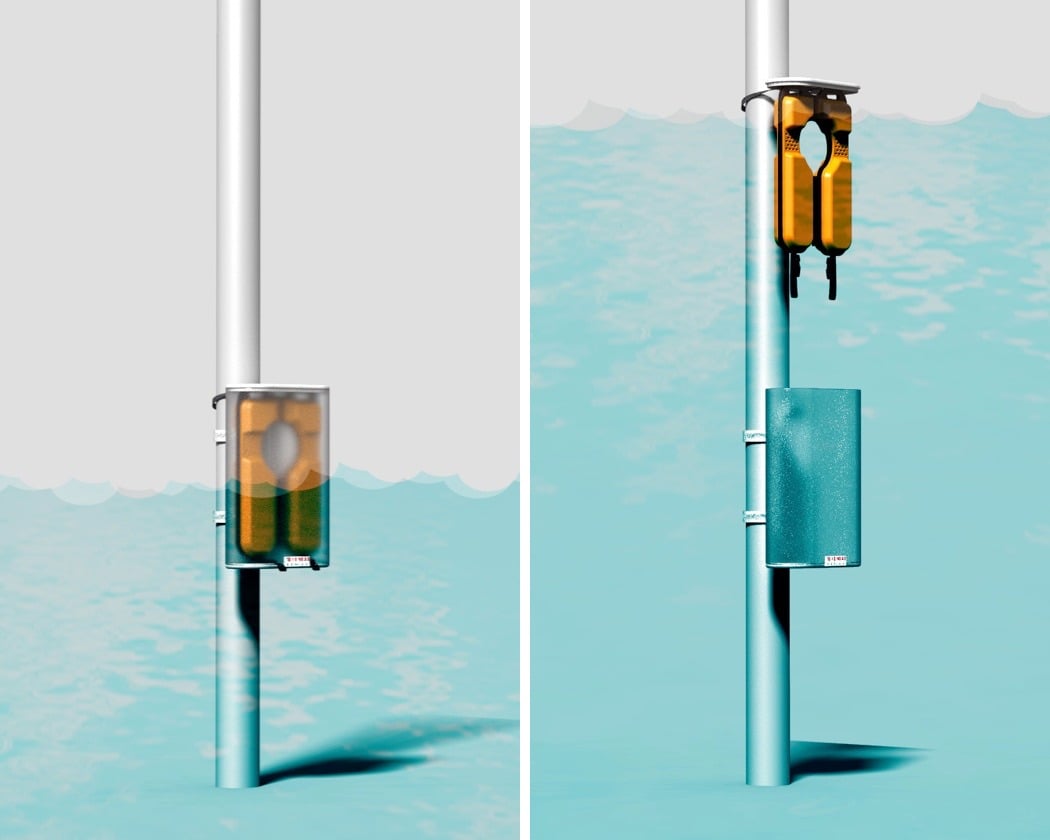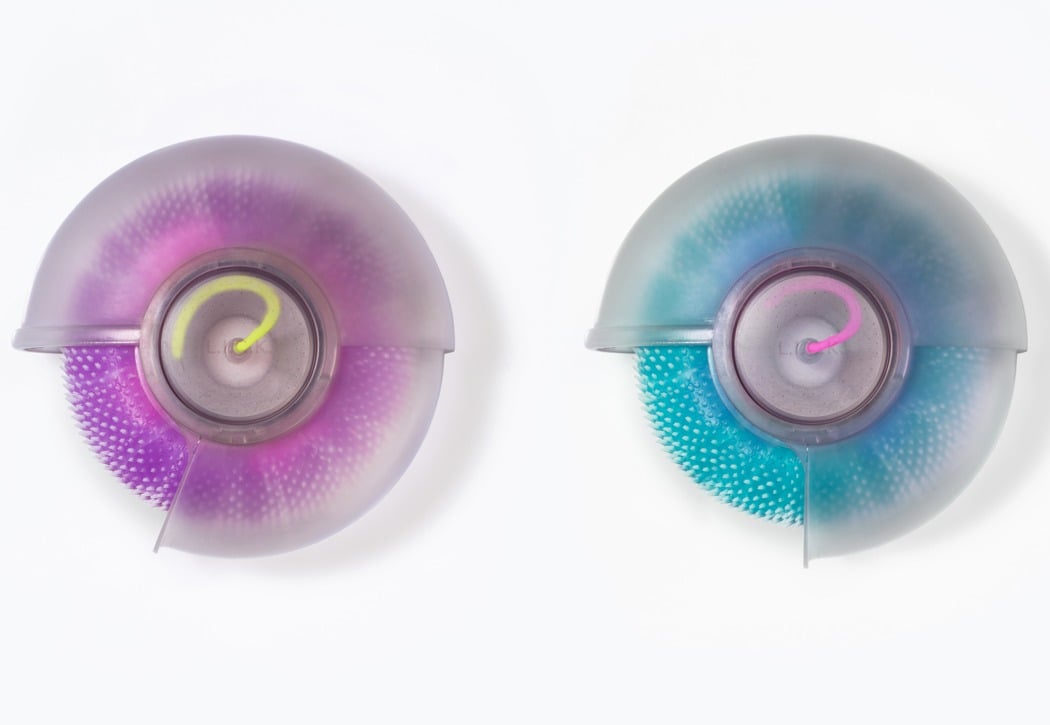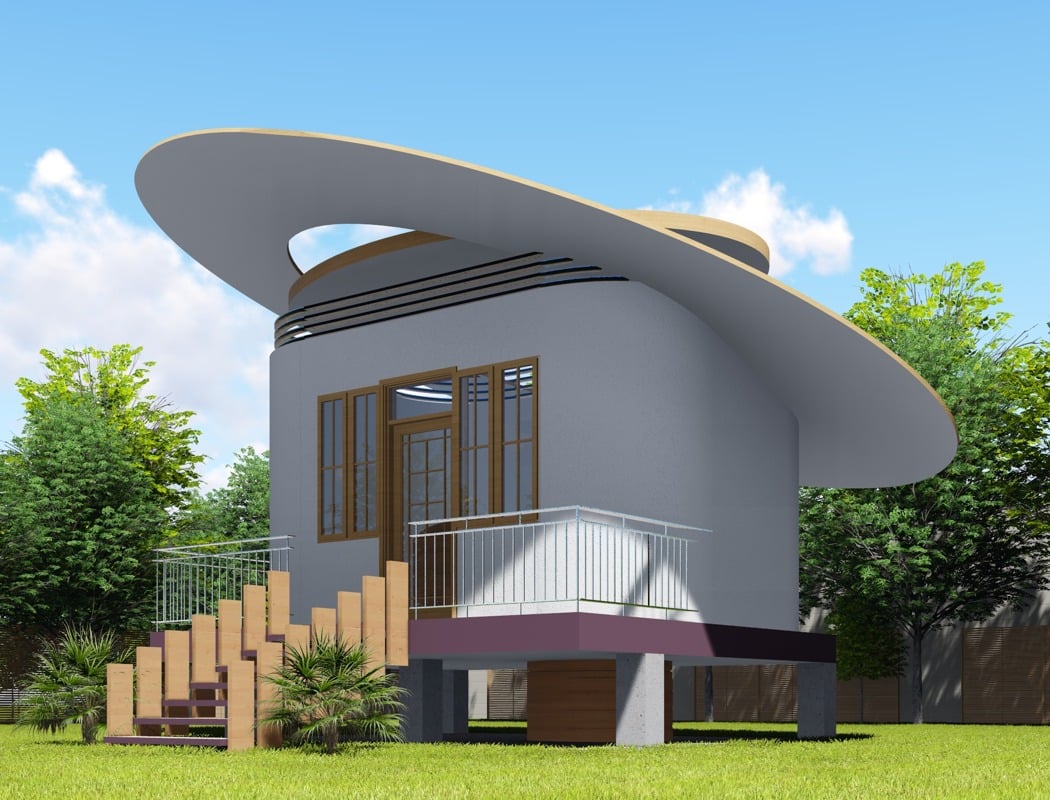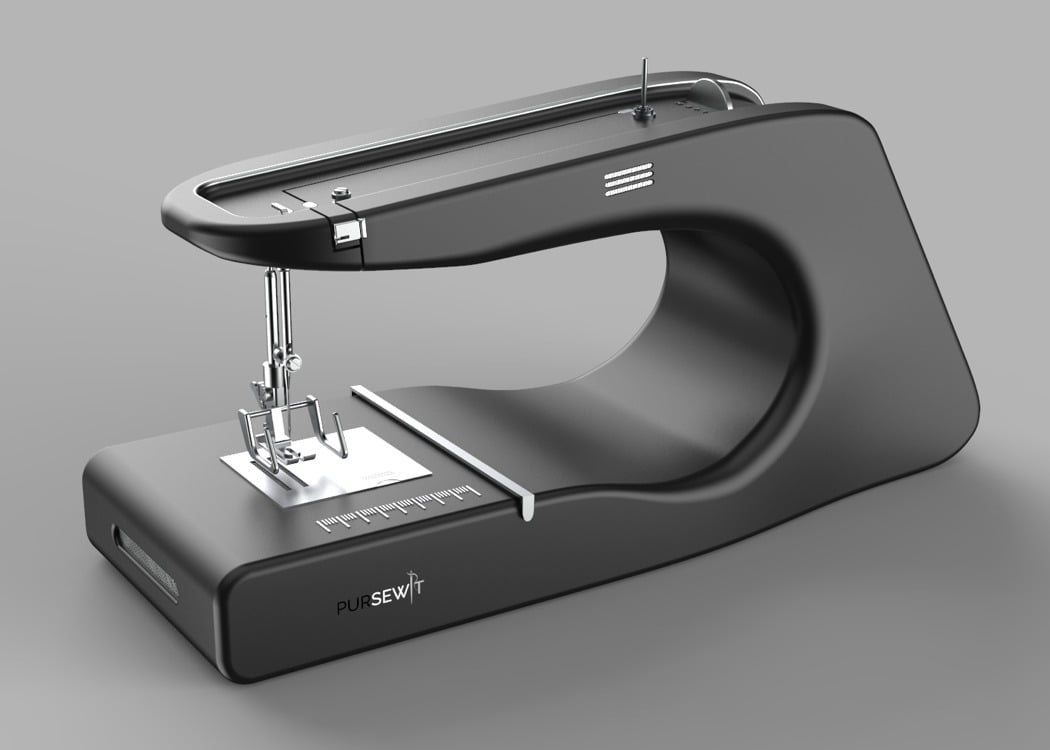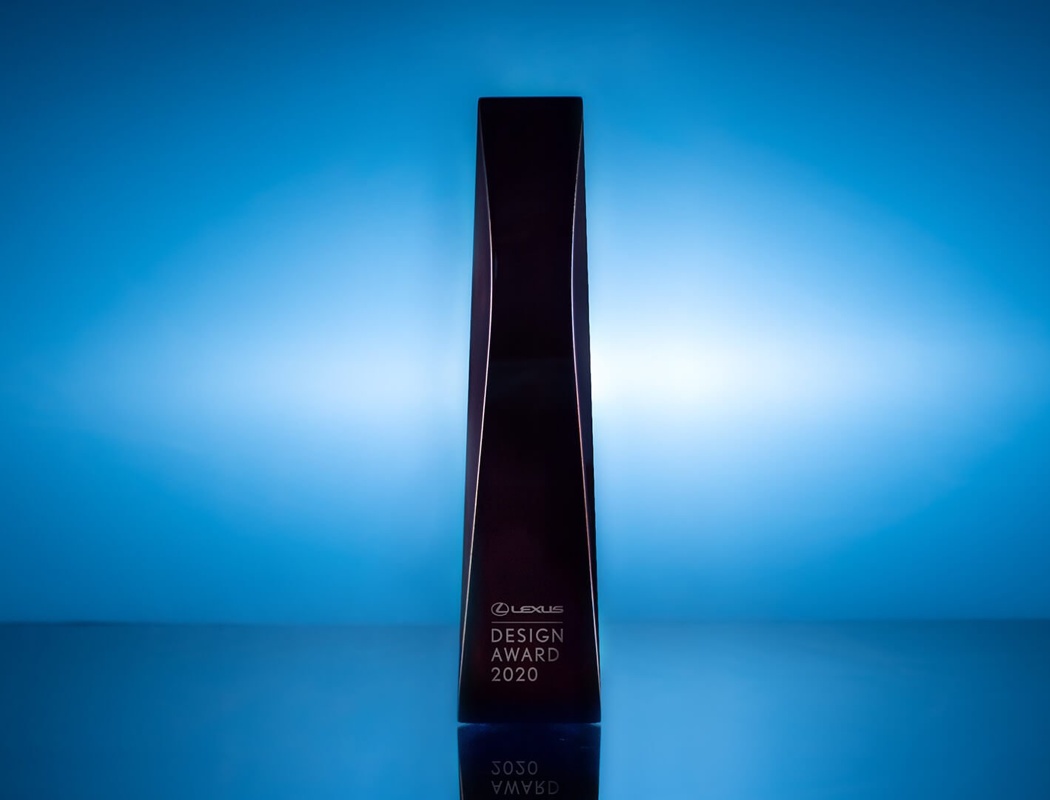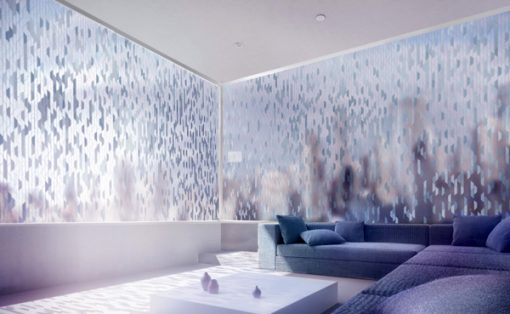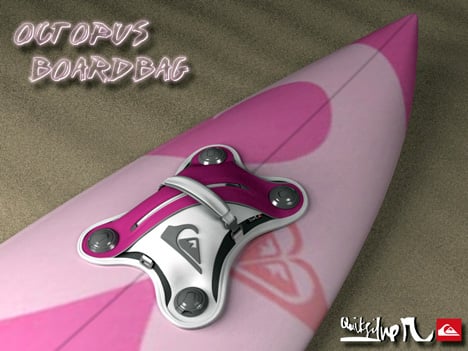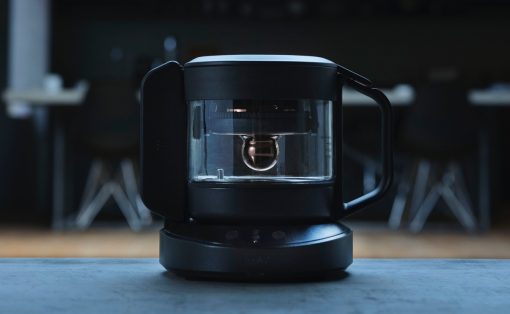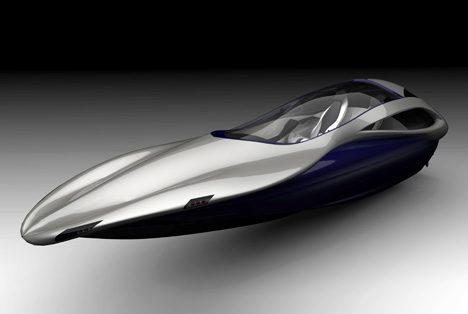The words “Design” and “Better” are bound pretty closely together. There is no design if it isn’t making a situation or an experience better, solving a problem, enriching a life, or transforming an industry. Designers are always striving to make the future better than the past, and the LEXUS DESIGN AWARD is committed to rewarding designs and designers that are pushing the boundaries to imagine and ideate for a better future for humanity as well as for the planet. In fact, “Design for a Better Tomorrow” is the underlying theme of the Lexus Design Award 2020. Currently in its 8th year, this year’s Lexus Design Award looks at solutions that have a uniquely positive impact on society, humanity, and in the process, to reward a new generation of designers for their impactful ideas. The Lexus Design Award’s core objective has always been to foster great ideas and great talent. Creating the perfect environment for a design to grow, Lexus helps engineer ideas into real, impactful solutions. The brand’s strong association with design and with innovation helps it accelerate ideas to achieve their full potential. Apart from accelerating, developing, and promoting design projects, the Lexus Design Award helps kickstart design careers too, with exclusive mentorships from international design stalwarts, funding for prototypes (up to 3 million Japanese Yen or $25,000) and the opportunity to have your work judged by the biggest figures in design in the final Grand Prix competition. Past Judges include architects Sir David Adjaye and Shigeru Ban, famed curator Aric Chen, and artist-designer Jaime Hayon. This year, the Grand Prix winner will be announced on September 1st on the Lexus Design Award website.
The award process for the Lexus Design Award is pretty unique too. After the entry submission phase, 6 Grand Prix finalists are selected to be mentored at the brand space INTERSECT BY LEXUS in New York by a panel of globally renowned creators with established design practices and decades of experience in the field. This year Joe Doucet (Founder, Joe Doucet x Partners), Bethan Gray (Creative Director, Bethan Gray Design), Philippe Malouin (Director, Philippe Maluin Studio), and Shohei Shigematsu (Partner-Director OMA New York) served as mentors. Mentors help define and refine ideas, turning them into world-class products which are then prototyped and incubated by the Lexus Design Award. The projects and their refined prototypes are then presented and judged by an esteemed panel of judges in a virtual Grand Prix selection event in August. Winners, apart from being able to showcase the award in their resume, also benefit from having been mentored by world-class designers, having their design taken from concept to finished prototype, being judged by design and tech icons like John Maeda (technologist & author of The Laws Of Simplicity), Jeanne Gang (award-winning architect), Paola Antonelli (Senior Curator at MoMA), and Simon Humphries (Head of Toyota and Lexus Global Design), and having their work gain unparalleled exposure through the programme.
Entries for the 2020 Lexus Design Award came from as many as 79 countries, spanning across the categories of Industrial Design, Architecture, Technology/Engineering, Interior Design, and Fashion Design. As the participants currently go through their prototyping phase, here’s a look at the 6 Grand Prix finalist designs.
Click Here to Know More About the Lexus Design Award 2020 Finalists competing for the Grand Prix that will be announced on September 1st, 2020.
Biocraft by Sutherlin Santo
Biocraft attempts at transforming mundane objects into living ones that interact with the environment. Originally named Bio.Scales, the Biocraft is a revolutionary material that combines natural biopolymers with emerging technology to create a new material that possesses capabilities like being able to extract CO2 from the air, rid the ambient environment of pollutants, or even disseminate nutrients into the atmosphere. Created by Paul and Garrett Sutherlin Santo from Los Angeles, Biocraft hopes to eventually replace materials like thermoplastics, eventually creating regular products that don’t just exist to solve a problem, but rather serve a higher purpose by being ‘living entities’ that have a positive impact on human health and the environment.
Feltscape by Théophile Peju & Salvatore Cicero
Think of the Feltscape as an isolation chamber that imitates the feeling of being within a womb. Designed by UK-based Théophile Peju & Salvatore Cicero, the Feltscape is a ‘breathing cloud’ made of felt and recycled bio-plastic with an innovative robotic fabrication process. Equipped with sensors and kinetic mechanisms, the Feltscape can sense a user’s breathing patterns, allowing the isolation chamber’s smart membrane to react to its user’s breath. Creating a perfect atmosphere for reflection, meditation, and an escape from the immediate world, Feltscape provides a cocoon-like isolation experience that helps slowly and surely calm people down. Its organic design reflects inspiration from cocoons too!
Flash Pak by Yaokun Wu
Akin to having a fire-extinguisher mounted on the walls of buildings, Flash Pak by Yaokun Wu of China aims at providing flood-prone areas with instant access to life-jackets. Designed to be attached to lamp-poles in areas susceptible to flash floods, the FlashPak sits in its protective housing at regular times, but in the event of a flood, naturally rises to the surface thanks to the life-jacket’s innate buoyancy. Floods, now an unfortunately common by-product of climate change, displaces millions each year, resulting in thousands of deaths annually. Solutions like the Flash Pak can turn a lamp-post (or any regular post) into a potential life-saving zone, giving people instant access to life-saving jackets during times of need. New jackets can easily be placed back in their housing once the flood subsides, and the Flash Pak’s automatic deployment during a flash flood makes it an incredibly effective, life-changing solution.
L.I.C.K. by Irina Samoilova
A quirky example of biomimicry, the L.I.C.K. by Irina Samoilova from Russia is a portable body cleaner that takes inspiration from the way felines clean themselves. The L.I.C.K. is modeled on a cat’s tongue, with a soft cleaning surface with unique papillae that helps people who are unable to have a bath to clean themselves. Designed for people with no immediate access to water, or with injuries/bandages/casts that require being kept away from water, the L.I.C.K. provides a unique tactile experience that helps keep the body clean. Designed to work just the way a cat’s tongue does, the L.I.C.K. can simply be run across the body while its specially designed papillae and U-shaped cavities help lift dirt off the body (while feeling great to the touch too!)
Open Source Communities by BellTower
What if architecture, like software, could be open-sourced so that people can collectively develop something better together? The Open Source Communities, a Grand Prix finalist from Kenya-based BellTower, hopes to create universally available open-source home-design plans that can be used to design communities in developing and underdeveloped countries. These open-sourced homes can help provide a safe and secure haven for people in developing areas, while helping designers leverage the power of open-source planning to effectively allocate resources, allowing communities to even be sustainable, energy-efficient, and eco-friendly by design!
Pursewit by Aqsa Ajmal
The Pursewit is uniquely positioned to help the visually impaired not just be independent, but also develop vocational skills that help them make a living. Designed by Pakistan-based designer, Aqsa Ajmal, after her friend lost her vision in an accident, the Pursewit makes sewing more accessible with a design that’s built around ease-of-use with an approach that’s immediately intuitive and with a relatively shallow learning curve. The design scales the form of the sewing machine down, making it less cumbersome while also being simpler and safer. Ajmal hopes that the Pursewit will go beyond just helping the visually impaired be more independent by sewing or fixing their clothes, by also allowing them to take on a skill set that helps them earn a daily wage and be financially independent too.
Click Here to Know More About the Lexus Design Award 2020 Finalists competing for the Grand Prix that will be announced on September 1st, 2020.

